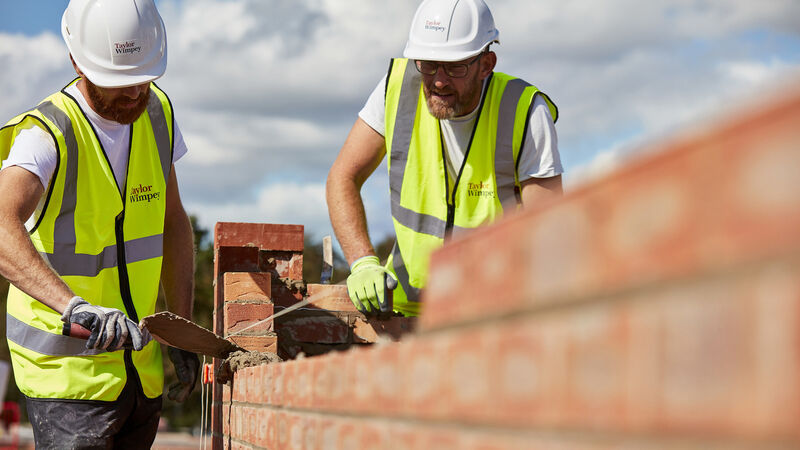John Fahey: Housing shortfall likely to cushion decline in prices this year

Commencement notices have been running about 28,000 on a 12-month basis in the first half of the year, and the total number of dwelling units granted planning permission in early 2023 was 16% lower than a year earlier.
Based on underlying demographics, the Irish economy needs at least 30,000 new residential units to be built each year. However, new supply had been running well below this level for years, before jumping sharply to 30,000 units last year.
The recent 2022 Census data showed population growth has been outpacing the growth in the housing stock, although mitigated to some extent by the fall in the number of vacant homes.
Taking this into account, growth in occupied dwellings averaged 23,000 in the period from 2016 to 2021, which means significantly more than 30,000 units are required to be built on an annual basis to meet yearly demand as well as the pent-up demand.
There are a number of challenges to further boosting housing supply, including higher building costs, shortages of workers, increased uncertainty regarding the economic outlook, rising interest rates, availability of funding, and delays in the planning process. Recent indicators suggest the construction sector may fall short this year.
Commencement notices have been running about 28,000 on a 12-month basis in the first half of the year, and the total number of dwelling units granted planning permission in early 2023 was 16% lower than a year earlier.
The Central Bank and Economic and Social Research Institute forecast 27,500 and 27,000 units, respectively, will be completed this year, and 29,000 to 30,000 units in 2024.
The most recent Central Statistics Office data show house prices fell by 0.2% in May, and that year-on-year house price inflation slowed sharply to 2.4%.
Demand remains solid: The first-time buyer segment of the market continues to exhibit some strength, and the number of new mortgage approvals was about 5% higher in the first half of 2023 compared to the same period last year.
Looking ahead, rising interest rates may act as a headwind to homebuyer activity and exert some further downward pressure on prices.
As a result, we would expect a further moderation in house price growth over the remainder of this year. Given the current downtrend in prices, there is a distinct possibility prices could end the year lower. However, the ongoing supply shortfall is likely to mean the magnitude of these falls should be modest.
- John Fahey is senior economist at AIB












